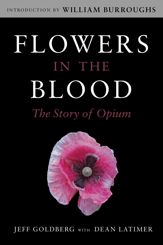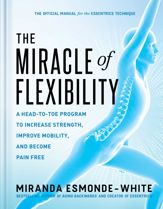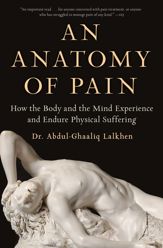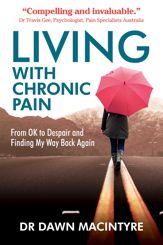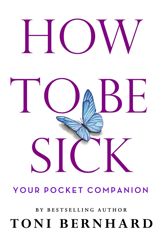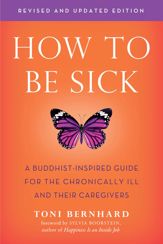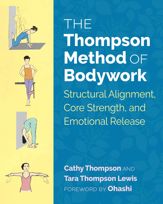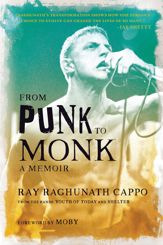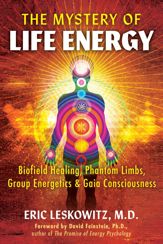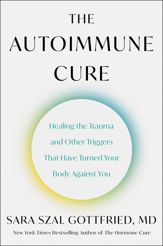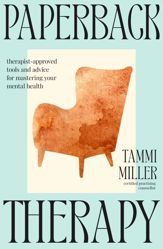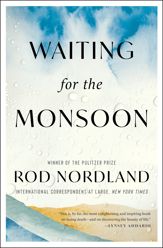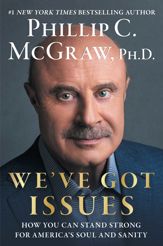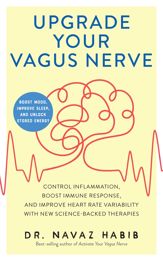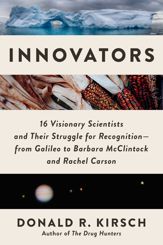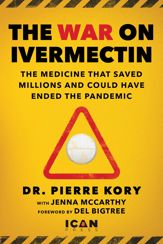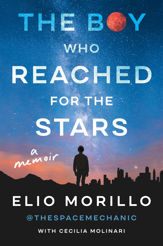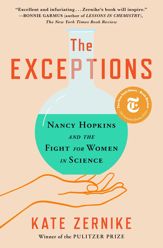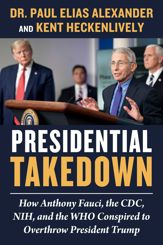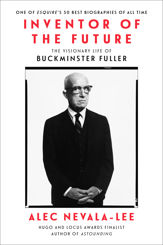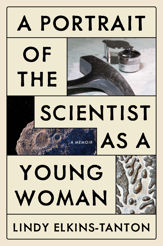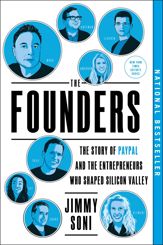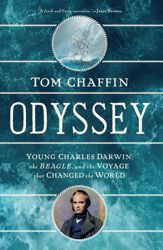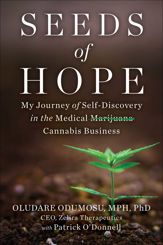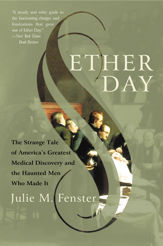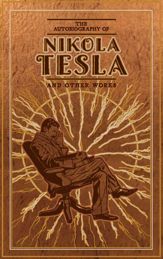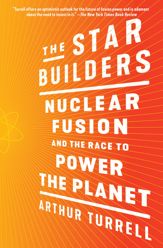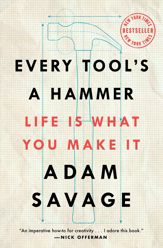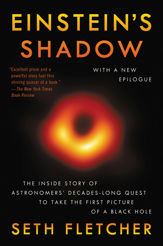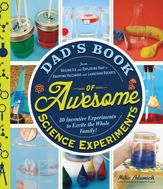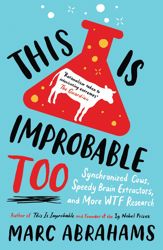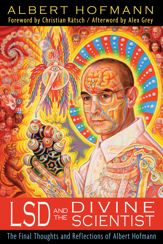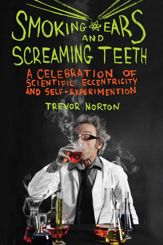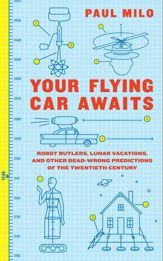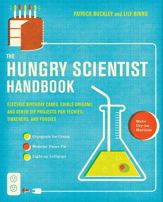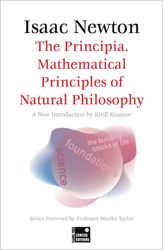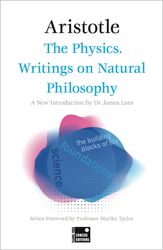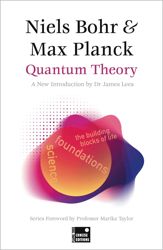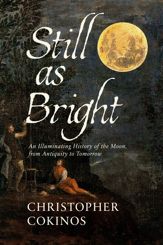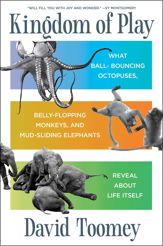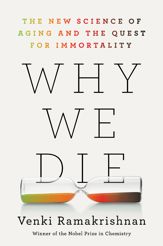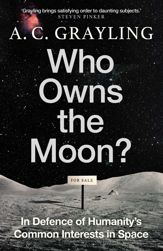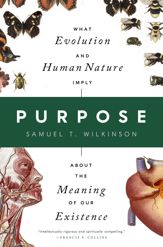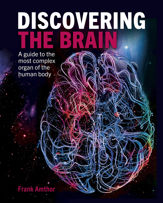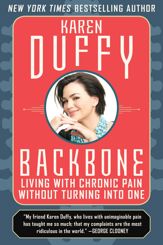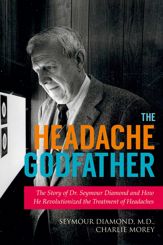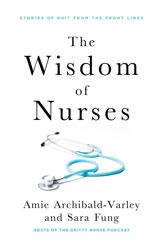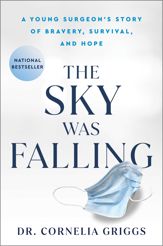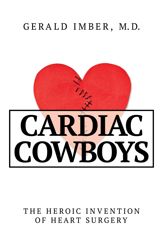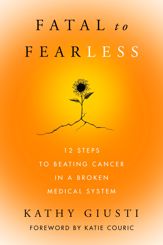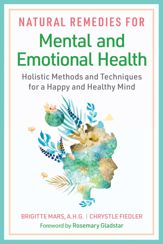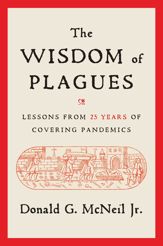“In this fascinating book about the discovery of endorphins, the discovery itself and the scientists involved are treated with equal success.”
–The New Yorker
“Trust in Goldberg, and you may wind up knowing a bit more about how scientists work, as well as a bit more about the brain, too.”
–Des Moines Register
“A gripping blend of human drama and science lore.”
–Kirkus Reviews
“Discloses the drama behind this scientific breakthrough, and reveals the human side of modern science.”
–Science News
“The endorphin story is a fascinating one, full of controversy, fierce competition, but not simple answers or quick cures.”
–St. Louis Post Dispatch
“Goldberg admirably tells the story of the science and the scientists in this cutting-edge work.”
–Los Angeles Times
“What with the passions of scientific privacy, some test tube nitty-gritty, the mystery of the brain, little guys versus big guys, and millions of dollars at stake, the book moves right along.”
–New York Times Book Review
“An international race during the 1970s among scientists in the U.S. and Scotland to isolate endorphinsnatural, morphine-like substances present in the brain is recounted in clear and colorful detail by science writer Goldberg (coauthor of Flowers in the Blood). He gives an account of the discovery (by the team of Hans Kosterlitz and John Hughes, in a poorly funded lab in Aberdeen) of a nonaddictive narcotic chemical in pigs' brains, and then follows with a contrasting account of the high-tech research conducted by scientists at American universities on opiate receptors and experiments designed to stimulate natural pain-blocking, much of the American effort motivated by the need to combat heroin addiction. In 1976, the controversy-fraught laboratory competition was superseded by the race among drug companies to develop the most successful of the 20 types of opiate peptides; the prize would be domination of a market serving an estimated 20 million chronic pain sufferers in the U.S. alone. While some researchers have sought inconclusively to establish a relationship between endorphins and mental illness, others have focused on a proposed linkage between endorphins and pleasure, learning, stress and sexual response.”
–Publishers Weekly
Copyright 1988 Reed Business Information, Inc.
–This text refers to an out of print or unavailable edition of this title.
Description
The story of endorphins—the body’s own morphine.
“Fascinating.” -- The New Yorker
The exciting story of the race to discover endorphins—opiate-like chemicals in the brain—and their links to:
In late 1973, scientists John Hughes and Hans Kosterlitz spent the majority of their time in an underfunded, obscure, and cramped laboratory in Aberdeen, Sweden. While working on the brains of pigs, the duo discovered a nonaddictive narcotic chemical that they hoped to later find in human brains. If they could isolate this chemical in humans, perhaps they could find a way to help the world begin to heal itself. Hughes and Kosterlitz’s research would inevitably lead them to discover endorphins, the body’s own natural morphine and the chemical that makes it possible to feel both pain and pleasure.
Announcing their findings to the scientific world thrust Hughes and Kosterlitz in the spotlight and made them celebrities. Soon, scientists all over the world were hastily examining the human brain and its endorphins. In a few years’ time, they would use the team’s initial research to link endorphins to drug addiction, runner’s high, appetite control, sexual response, and mental illnesses such as depression and schizophrenia.
In Anatomy of a Scientific Discovery, Jeff Goldberg describes Hughes and Kosterlitz’s lives before, during, and after their historic and scientific breakthrough. He also takes a look at the bigger picture, revealing the brutal competition between drug companies to find a way to cash in on this monumental discovery.
Reviews
“In this fascinating book about the discovery of endorphins, the discovery itself and the scientists involved are treated with equal success.”
–The New Yorker
“Trust in Goldberg, and you may wind up knowing a bit more about how scientists work, as well as a bit more about the brain, too.”
–Des Moines Register
“A gripping blend of human drama and science lore.”
–Kirkus Reviews
“Discloses the drama behind this scientific breakthrough, and reveals the human side of modern science.”
–Science News
“The endorphin story is a fascinating one, full of controversy, fierce competition, but not simple answers or quick cures.”
–St. Louis Post Dispatch
“Goldberg admirably tells the story of the science and the scientists in this cutting-edge work.”
–Los Angeles Times
“What with the passions of scientific privacy, some test tube nitty-gritty, the mystery of the brain, little guys versus big guys, and millions of dollars at stake, the book moves right along.”
–New York Times Book Review
“An international race during the 1970s among scientists in the U.S. and Scotland to isolate endorphinsnatural, morphine-like substances present in the brain is recounted in clear and colorful detail by science writer Goldberg (coauthor of Flowers in the Blood). He gives an account of the discovery (by the team of Hans Kosterlitz and John Hughes, in a poorly funded lab in Aberdeen) of a nonaddictive narcotic chemical in pigs' brains, and then follows with a contrasting account of the high-tech research conducted by scientists at American universities on opiate receptors and experiments designed to stimulate natural pain-blocking, much of the American effort motivated by the need to combat heroin addiction. In 1976, the controversy-fraught laboratory competition was superseded by the race among drug companies to develop the most successful of the 20 types of opiate peptides; the prize would be domination of a market serving an estimated 20 million chronic pain sufferers in the U.S. alone. While some researchers have sought inconclusively to establish a relationship between endorphins and mental illness, others have focused on a proposed linkage between endorphins and pleasure, learning, stress and sexual response.”
–Publishers Weekly
Copyright 1988 Reed Business Information, Inc.
–This text refers to an out of print or unavailable edition of this title.

